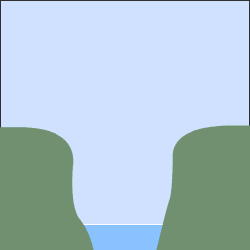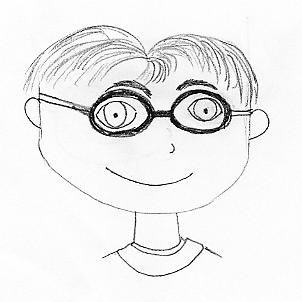| 图片: | |
|---|---|
| 名称: | |
| 描述: | |
- 耳后包块
| 姓 名: | ××× | 性别: | 女 | 年龄: | 72 |
| 标本名称: | 耳后包块 | ||||
| 简要病史: | 发现耳后包块2月 | ||||
| 肉眼检查: | 包块送检欠完整,无包膜,灰白色,世面质脆嫩,见点状出血。 | ||||
标签:耳后
相关帖子
- • (原创)颈部软组织肿瘤
- • 右耳后肿物
- • 活检一例
- • 耳后少见肿瘤,请诊断。
- • 右耳后肿物,会诊后公布答案!
×参考诊断
-
liguoxia71 离线
- 帖子:4174
- 粉蓝豆:3122
- 经验:4677
- 注册时间:2007-04-01
- 加关注 | 发消息
-
Though the vasculature, architecture and cytology mimic that of a hemangiopericytoma and a glomangioma, the formation of scattere round glandular spaces and the anatomic location of the lesion are much more consistent with a myoepithelial neoplasm of salivary gland origin. Immunohistochemical stains (smooth muscle-specific actin, calponin, S100, CD34, GFAP) and reticulin silver stain may help its confirmation. The tumor is quite cellular, but no apparent mititic figures, necrosis or anaplastic features are apparent on the available photos. This may be a cellular pleomorphic adenoma or monomorphic adenoma depending on the amount of characteristic myxoid stroma. The possibility of myoepithelial carcinoma is relatively low. Since the tissue received is disrupted without apparent capsule, re-excision is needed.

聞道有先後,術業有專攻














































